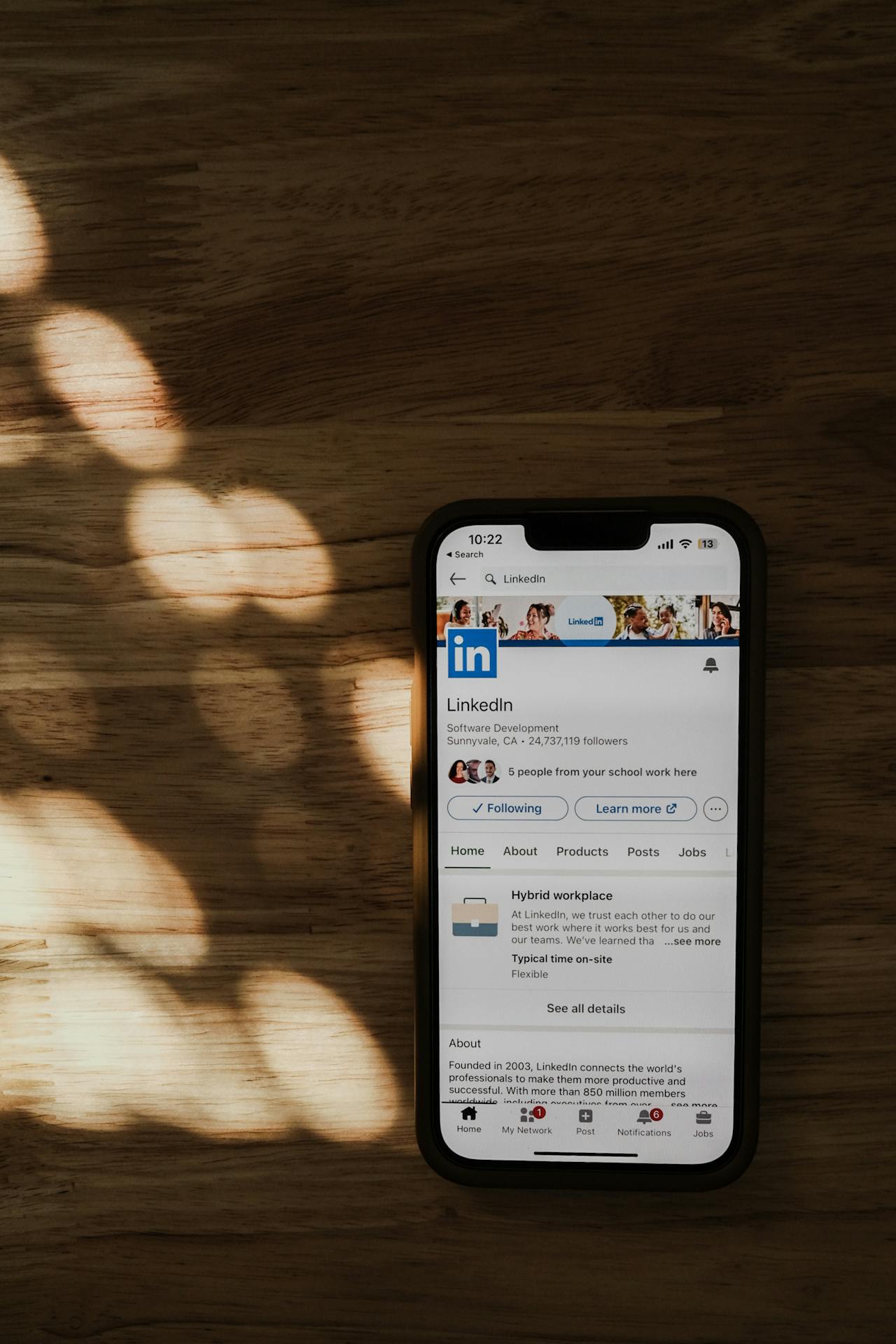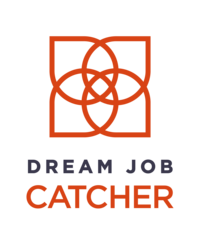Building or strengthening your professional brand is essential to a successful job search. While the resume still plays a significant role, your LinkedIn (LI) profile is equally, if not more important. LinkedIn is where recruiters source talent, professionals network and interviewers check out candidates (and vice versa).
Your LI profile gets way more views than your resume — so it’s time to boost your profile and make a great impression.
Here are the tips and best practices in building a stellar LI profile:
- Create a custom URL: does your URL have a bunch of numbers after your name? If so, it’s time to optimize your URL by removing them. Ideally you want a URL like: “linkedin.com/in/first-last” or without the hyphen. This makes it easier to share with people and include on your resume.
- Add a background image: LinkedIn recently upgraded the standard background, which looks nicer. The better option is to add an image that’s related to your profession or one that inspires you or a favorite view of the city where you live. The biggest challenge is finding a good size (1584 w x 396 h) — this may be a good time to ask one of your designer friends for help.
- Take a new headshot: a picture can make or break an impression, so please use a good one. If you don’t have one readily available, take a new one. Here are some guidelines: take it outdoors or near natural light against a neutral background and wear a solid color (not a busy pattern). Have a friend or family member take it with your phone (no professional photographer required) and aim for about the top one-third of your body. Look at other headshots within your network for ideas.
- Write an interesting headline: the default is your current title and company, which is pretty lackluster. Either lead a higher level description like “Strategy & Operations Leader” or something like “Building key partnerships that drive innovation and growth.” I don’t recommend trying to fit too many things in this section, including degrees and certifications, which can come across as pretentious.
- Provide contact info: make sure your information is accurate and relevant. Use a mainstream email address such as gmail or outlook. Hotmail, yahoo and aol addresses feel outdated and irrelevant, which don’t reflect who you are.
- Share who you are in the About section: this gives you an opportunity to showcase your personality. I’m a proponent of using your elevator pitch, which is a more conversational tone (versus formal). Use first person and aim for 1 – 3 paragraphs.
- Showcase your experience: assuming your resume is 1-2 pages, I recommend copying and pasting the high level description and bullets from your resume. The only exception is if you’re pursuing 2+ types of roles, then you should keep it high level (but include some of your key accomplishments so they can see that you have a pattern of success). For those with decades of experience, you only need to include the last 15 years or so. Be consistent with formatting: use bullets and add spaces after each one if they’re long.
- Include your education: add degrees, but don’t include the dates, especially if you’re 40+ years old. You can also add education programs such as executive leadership ones. Add courses and certifications to the Accomplishments section.
- Add skills: you get to pick 3 skills to showcase in the top box. Pick the ones that are most relevant to your experience and the roles you’re pursuing. For example, it can be something like “Product Management,” “Strategic Planning” and “Global Operations.” Add other skills that are on your resume and feel free to add more as long as they’re relevant.
- Include accomplishments: this includes publications, patents, course, projects, honors and awards, languages and organizations. There’s a separate section for licenses and certifications and volunteer experience.
- Follow companies and influencers in the Interests section: follow the companies that you’re interested in learning more about or working at. Also follow influencers who inspire you. Check out the annual LinkedIn Top Voices lists to see if there are any leaders you’d like to follow.
- Get recommendations: aim for 2-4 recommendations from your last few jobs. The ideal mix is a manager, client (internal or external), colleague, direct report (and/or someone you mentored). Ask the person to focus on 1-2 topics (e.g., a specific project or your cross-functional leadership skills) via email (you’ll get a higher response rate). And then once they agree to it, you can request it through LinkedIn.
- Be active: there are many ways to share your expertise and best practices and stay top of mind. Publish articles about your profession, the industry, etc. Post articles that you’ve read and share key insights. Like posts from your network and make thoughtful comments. Join LinkedIn Groups and participate in the discussions.
- Make quality connections: invite your former colleagues, friends and family members to your network. While this is a professional network, your social network is most likely connected to many professionals. Once you reach 500+ connections, there’s a higher chance of having a 1st or 2nd degree connection at a target company. Check out the ways to find people you know on LinkedIn.
Follow these tips and you’ll have an impressive LinkedIn profile.
Once you’ve updated your profile, let recruiters know that you’re open to opportunities. You can keep this private — or add the Open to Work banner — include titles you’re looking for, locations and job types.
Check out our free job search toolkit that includes a comprehensive LinkedIn checklist, a resume checklist (with a 10 step process to writing a compelling resume) and resume templates.
And if you’re interested in additional resources and support as you start your job search, schedule time with our Job Search Strategist.




Comments Off on Tips to boost your LinkedIn profile